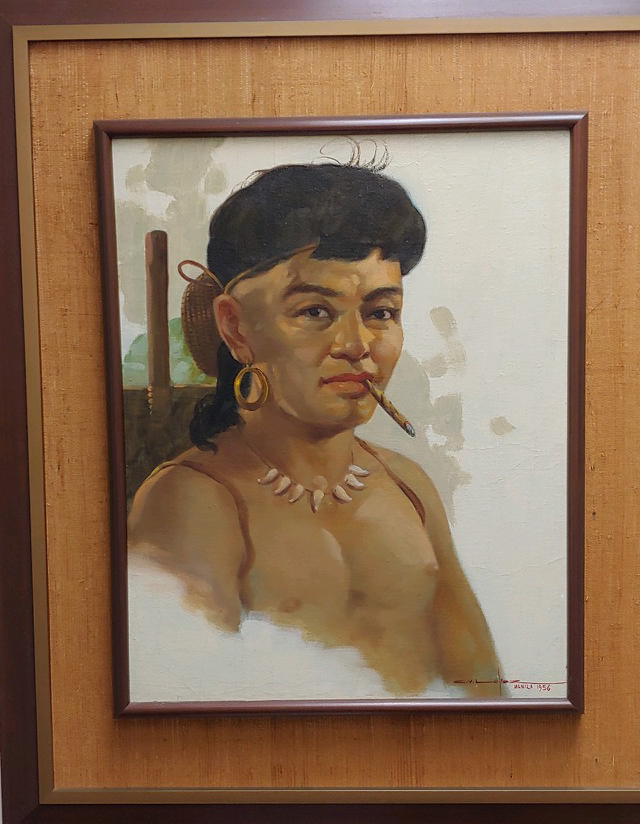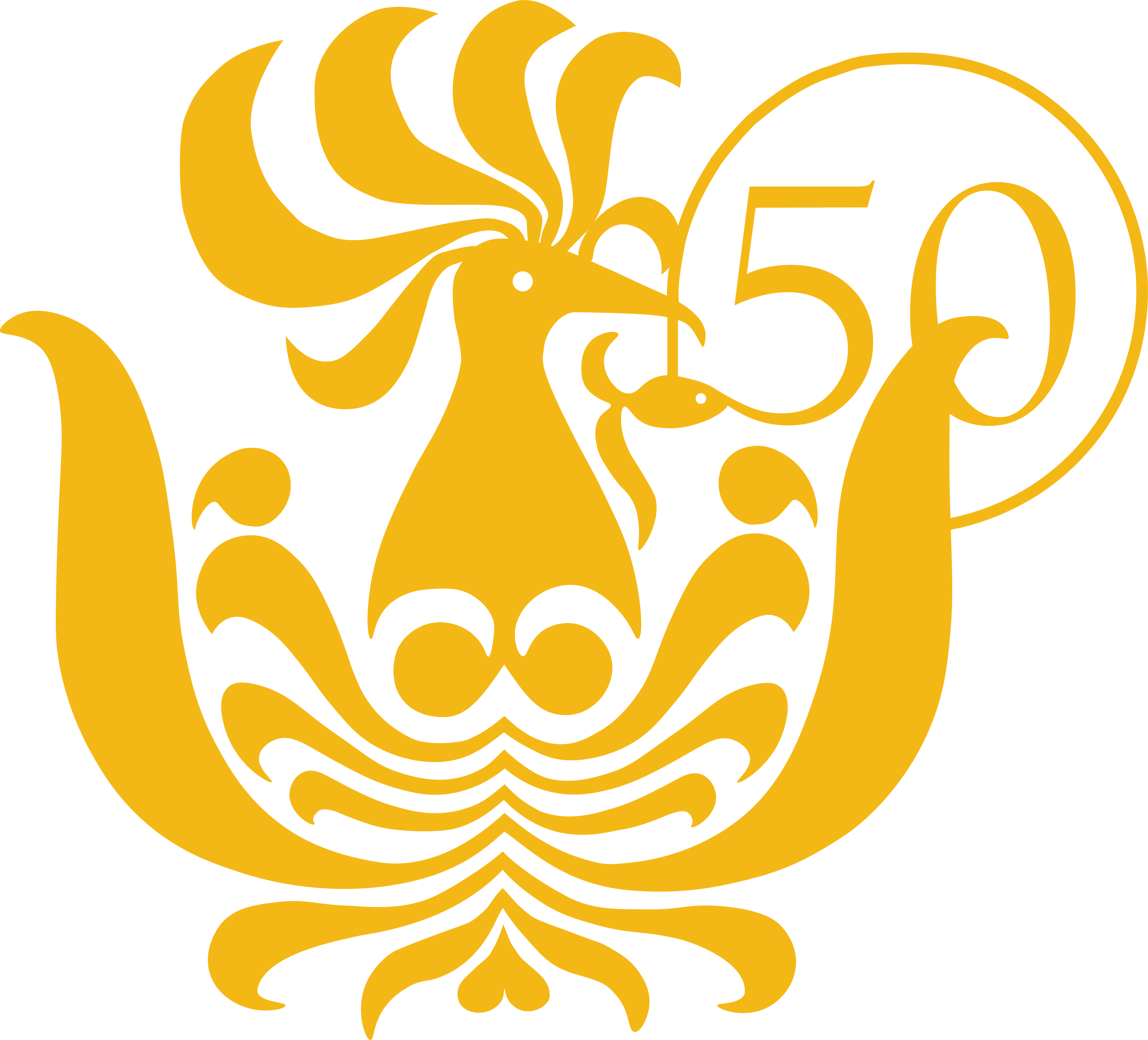Crispin V. Lopez (1903–1985) was a Filipino painter best known for his highly realistic portraits and evocative depictions of rural and wartime life. His work is marked by meticulous attention to facial detail—each crease and expression rendered with quiet intensity. During the Japanese occupation of the Philippines, Lopez produced figure paintings that reflected ethnic diversity and everyday resilience, often aligning with the era’s push toward traditional and indigenous forms.
Lopez’s landscapes and genre scenes, such as Baguio Market (1943), offer a subdued yet poignant view of Filipino life under occupation. In this particular painting, Japanese soldiers mingle with locals in a seemingly ordinary market setting—an image that subtly captures the tension and ambiguity of wartime experience.
His oeuvre includes portraits, market scenes, cockfights, and pastoral vignettes, many of which have appeared in auctions at León Gallery and other international houses. Works like Harvest, Ligawan in the Farm, and Field Workers reflect his deep engagement with Filipino identity, labor, and rural beauty3.
Though not as widely known as some of his contemporaries, Lopez’s paintings remain valuable for their historical insight and technical finesse. His art continues to circulate in private collections and auction catalogs, preserving a vivid chapter of Philippine visual history.

